
“My pile, your pile” is a flashcards-based game that you can play to help build your child’s reading skills. Playing this game can help by:
- Giving your child practice recognizing sight words. When children learn to recognize common words on sight, it helps with reading fluency.
- Improving your child’s reading fluency. Fluency means reading smoothly and at an even pace.
- Building your child’s vocabulary. The more new words your child learns, the easier it is to read with fluency and the better your child will understand what they read.
Read more about fluency in kindergarten and first grade and in second and third grade. See what fluency looks like for kindergartners, first graders, second graders, and third graders.
Print out a list of sight words for preschool, kindergarten, first grade, second grade, and third grade. You can use these words to play “My Pile, your pile” to build your child’s sight word recognition.
Print out a list of vocabulary words for first grade, second grade, third grade, or other grades. You can use these words to play “My Pile, your pile” to build your child’s vocabulary.
Most of all, have fun!
Watch more ways to help your child with reading skills.
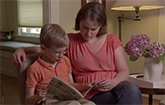
Decoding words
Decoding words is one of the fundamental reading skills that children must learn to be better readers. Learn how to teach your child the basic of decoding strategies.
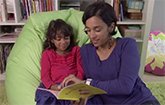
Picture walk
Reading the pictures helps kids with comprehension.
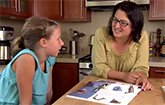
Nonfiction fun
Children can learn and have fun at the same time when reading non fiction books. Teach your child nonfiction reading strategies so he can build his reading skills and become a better reader.

Sticky-note your story
Here’s a way to use sticky notes to improve reading comprehension.
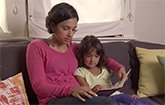
Follow my finger
Help your child learn the way around a book.
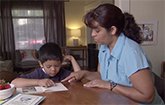
Don’t give me the answer!
When a child makes a mistake reading aloud, should you stop and correct him or not?
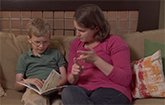
Five finger strategy
Can your child retell a story?

Sticky-note your story
Here’s a way to use sticky notes to improve reading comprehension.
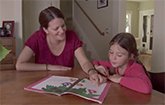
Echo reading
Try this trick to improve your child’s reading fluency.
